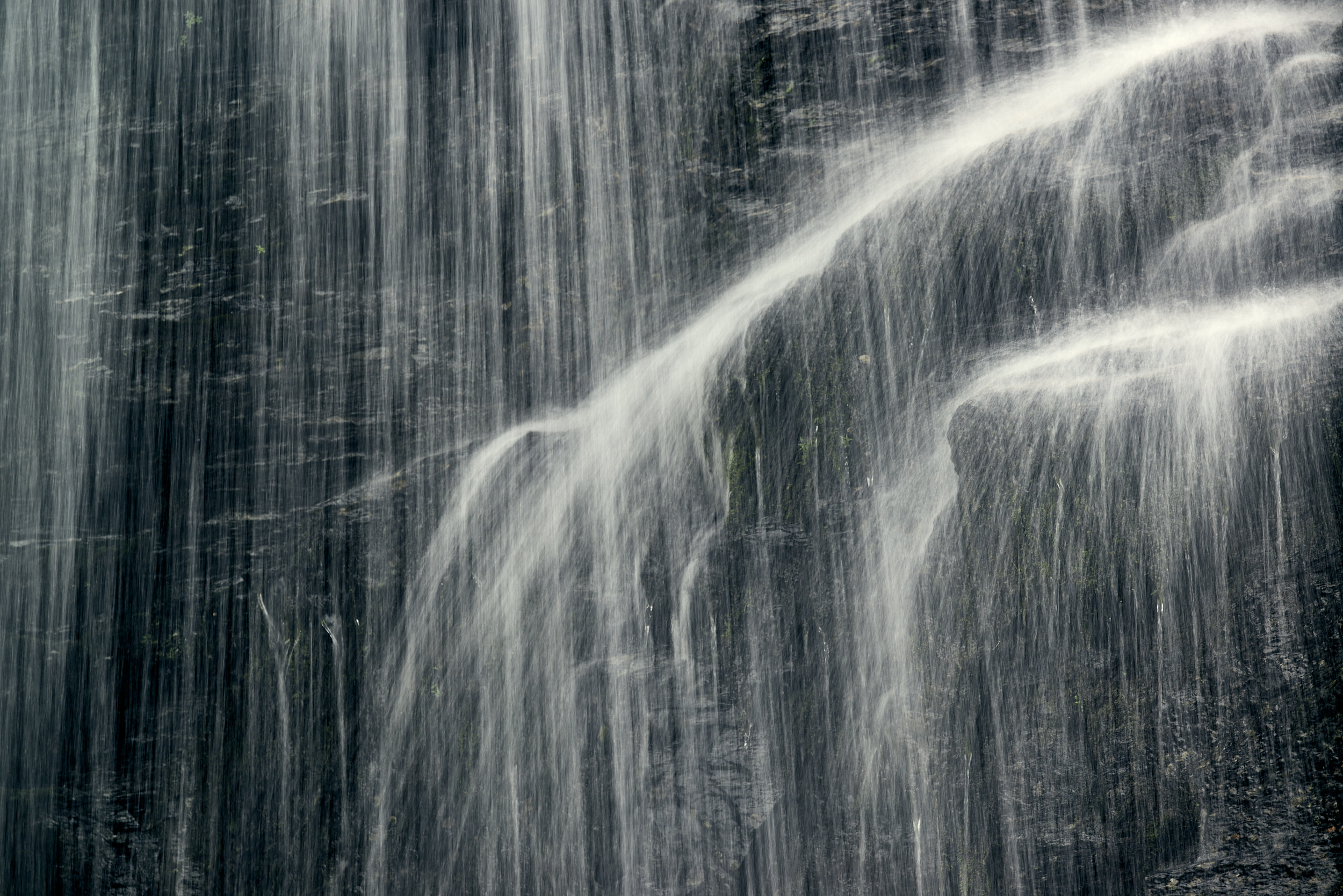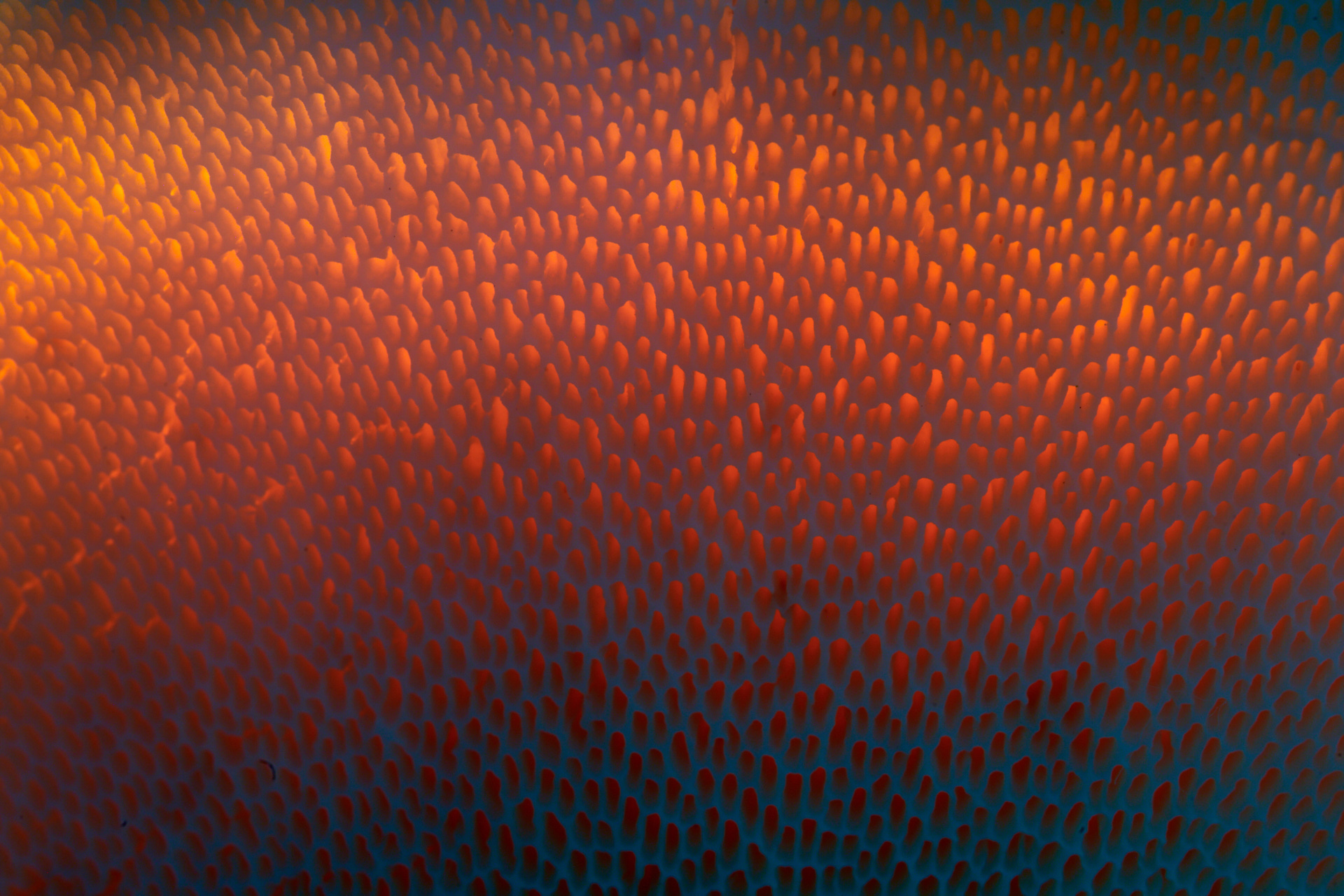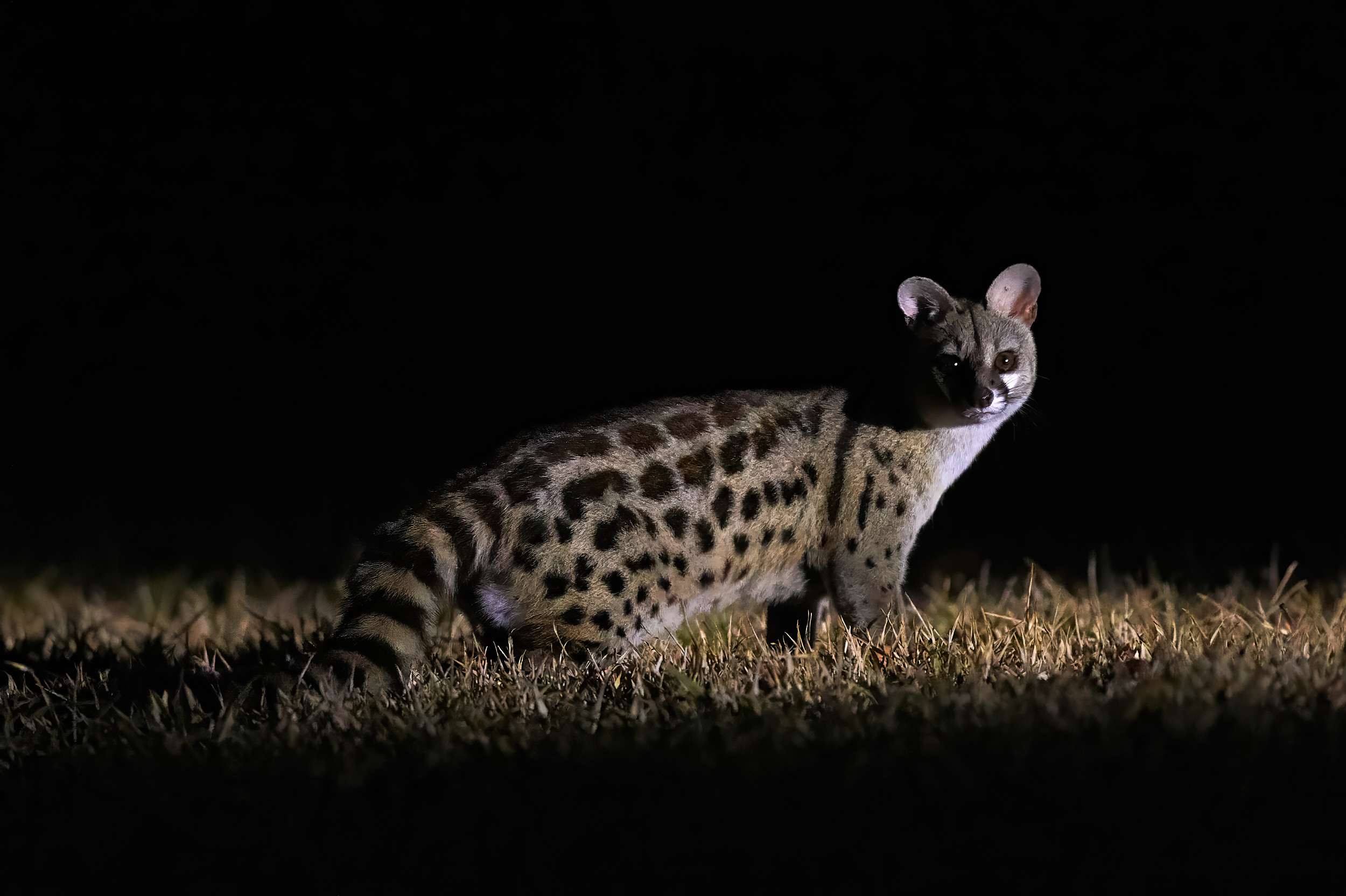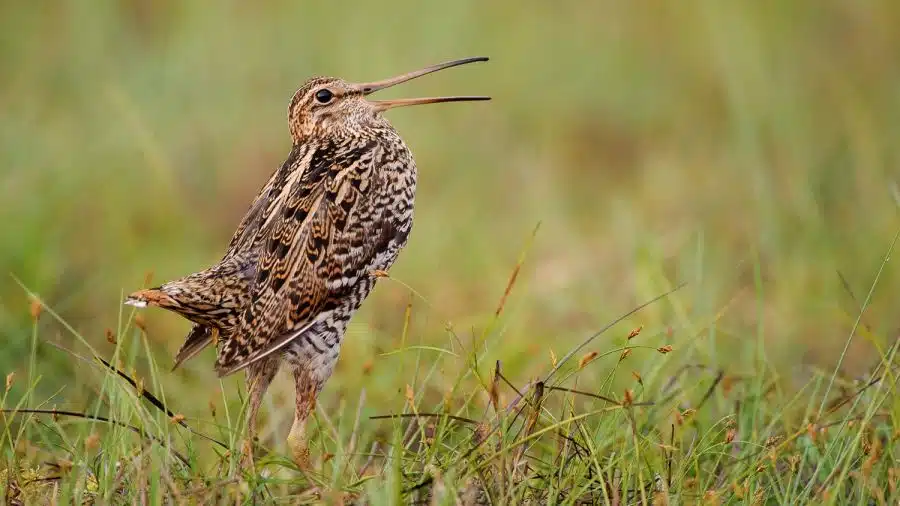The silence before the picture
I sit perfectly still inside the camouflage hide. The ground beneath me is damp, a gentle breeze stirs the grass. Nothing happens. Not for hours.
The camera is ready, my finger resting on the remote shutter — and yet everything remains quiet.
Somewhere in the distance, a great spotted woodpecker taps against the bark. The scent of wet moss hangs in the air. Time begins to stretch.
And in moments like this, I’m reminded again and again: Patience is never a way to force an image. It is the core of what wildlife photography truly is.
If you want to photograph wildlife, you have to learn to expect nothing.
Not to hope for a specific image, not to rely on a guaranteed encounter.
You have to surrender to nature’s rhythm — its silence, its slowness.
Patience — it may sound trivial. But it’s the one skill that surpasses all others.
Technique, knowledge, even luck — none of them matter unless you’re out there long enough to use them.
- The silence before the picture
- Nature has its own rhythm
- Waiting as part of creativity
- Technical and mental patience
- The moment of reward
- Patience as a way of life
- 📸 Mini exercise: practising patience
Nature has its own rhythm
Patience as an adaptation to the rhythm of nature
In nature, nothing unfolds according to our plans.
No animal appears because we wish it to, no light waits while we set up the camera.
Everything follows its own ancient rhythm — the sun, the weather, the seasons.
If you work in wildlife photography, you have to sense that rhythm — and adapt to it.
I’ve lost count of the hours I’ve spent in a hide.
Time and again I waited for that one special moment — a golden eagle returning to its eyrie, or a bluethroat alighting on its favorite perch.
Examples from practice
It was the same with the bearded tits in winter.
I stood for hours beside the frozen reed beds, while gusts of wind cracked the ice and turned my hands blue.
And then, suddenly, they appeared — light and agile, their bright calls cutting through the frost.
That brief moment, after so many hours of waiting, was priceless.
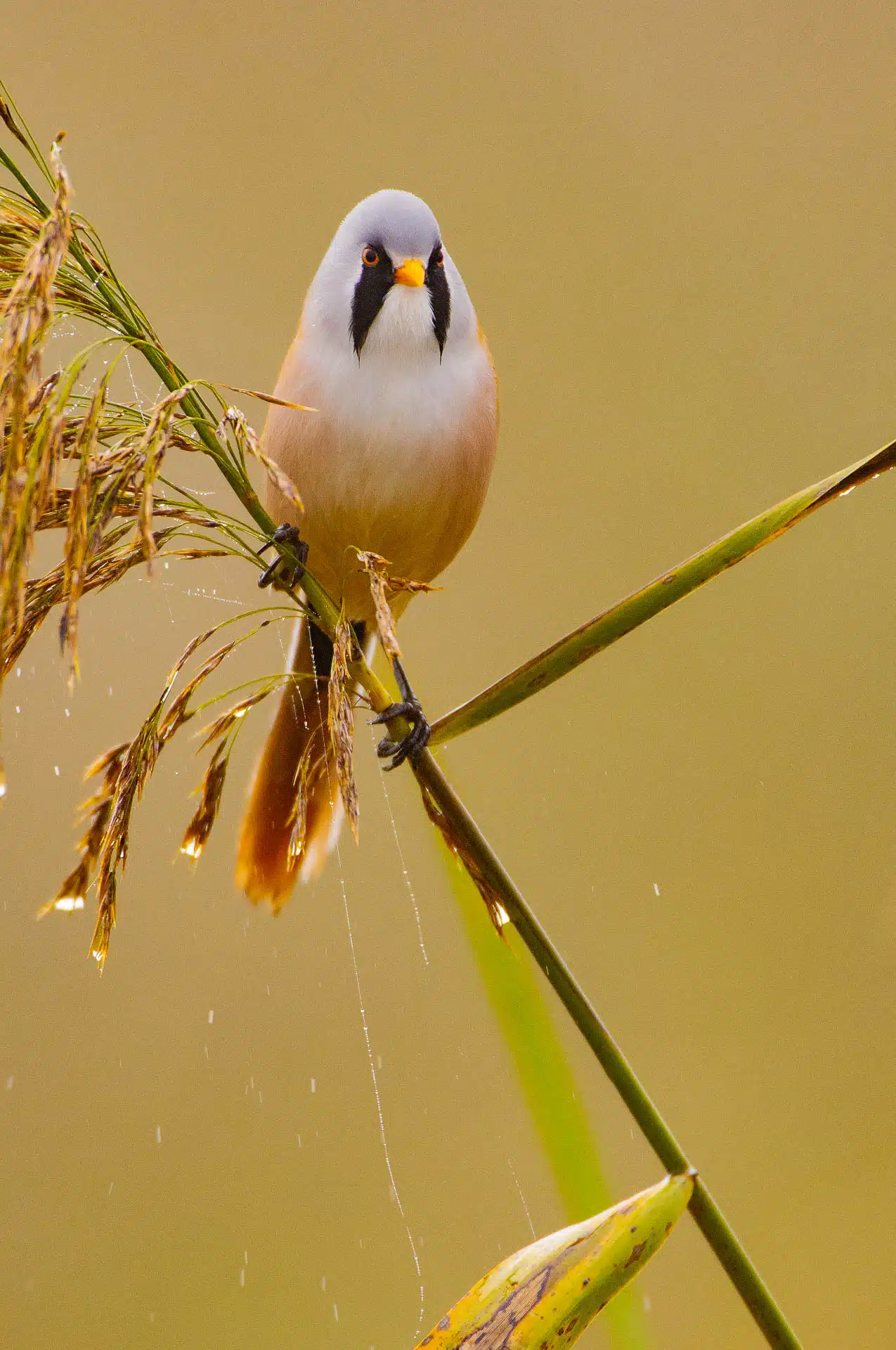
In moments like these, patience becomes more than just the passing of time.
It becomes trust — trust that something will happen, maybe not today, but eventually.
Patience as an inner attitude
You can buy technology. But you can’t buy patience.
It only grows when you embrace uncertainty — when you accept that wildlife photography isn’t a hunt, but an approach.
Patience means not disturbing the natural course of things — but becoming a part of it.
Waiting as part of creativity
Active observation instead of passive waiting
Waiting sounds passive — but in truth, it’s the opposite.
When you sit and wait in nature, you are actively observing: the light, the wind, the behavior of the birds.
Every small movement, every sound carries meaning.
Patience is the moment when attention turns into creativity — one of the most valuable lessons I can share in wildlife photography.
It’s in these in-between moments that ideas begin to take shape.
When I look at a scene and ask myself:
How will the light change as the sun goes down?
What would this motif look like in fog?
Which perspective reveals more about the animal’s habitat than the animal itself?
Emptiness as a source of creativity
Thinking begins in silence.
An afternoon in which seemingly nothing happens suddenly becomes an experiment — with composition, colors, and structure.
I start noticing details that would otherwise remain hidden: the play of shadows on the bark of a tree, the steam rising over a cold stream, the soft rustling of a mouse in the leaves.
Once, in autumn, I set out to photograph foxes.
Instead, a dense fog rolled in — far heavier than any weather app had predicted.
I stayed. The light grew soft and diffuse, the world completely still.
No fox appeared, but the photograph I made that morning — a single tree rising out of the gray nothingness — has become one of my favorites.
Boredom invites creativity — and that is what truly matters.

In a world that moves faster every day, patience becomes a quiet form of resistance.
It teaches us to rediscover nature’s rhythm — and to find peace within it.
Creativity doesn’t grow in urgency, but in the calm that comes from letting things unfold on their own.
Technical and mental patience
The technical side of patience
Patience is not just a virtue — it’s a technique.
Anyone who sets out before dawn, sets up the tripod, prepares the camera, and then sits still for hours knows how much discipline it requires.
Long exposures, frost, wind, rain — all of it tests our endurance.
Camera traps demand patience as well.
Sometimes it takes weeks for the first animal to pass by at the right angle.
Sometimes months until the light is right.
It’s a constant wait — but also a quiet trust, both in the technology and in nature itself.
The mental side of patience
Being patient with yourself is even harder.
When you go days without seeing anything, doubt starts to creep in.
Did I choose the wrong spot?
Should I have stayed yesterday?
But it’s in these moments that the real learning begins.
I’ve learned that it’s perfectly fine to come home with empty memory cards.
Every hour spent outside is experience gained.
You learn to read tracks, recognize patterns, understand light.
And when the moment finally comes and the animal appears — you’re ready.
A nature photographer is like a fisherman: you can do everything right and still go home without a catch.
But the difference between frustration and fulfillment lies in how you see it.
Those who practice patience understand that even the waiting itself has value.
Lessons learned from setbacks
I once sat in the same spot for three days in winter.
No animal, no photo — just cold, snow, and silence.
I went home disappointed, until I realized later how much I had learned about that place.
I knew where the wind moved, when the sun would rise over the ridge, when the ice began to melt.
A year later, I returned to the same spot — and just as the light broke, a fox appeared at the edge of the slope.
Without the patience of that first year, I never would have been ready for that moment.
Patience transforms setbacks into experience.
The moment of reward
When the moment suddenly arrives
And then, all of a sudden, there it is.
Often without warning, without a sound.
The animal steps out of the shadows, the light falls perfectly, the wind holds still.
These few seconds are priceless.
They don’t feel like triumph, but like peace.
It’s not a chase that ends — it’s a brief moment of dialogue that finally succeeds.
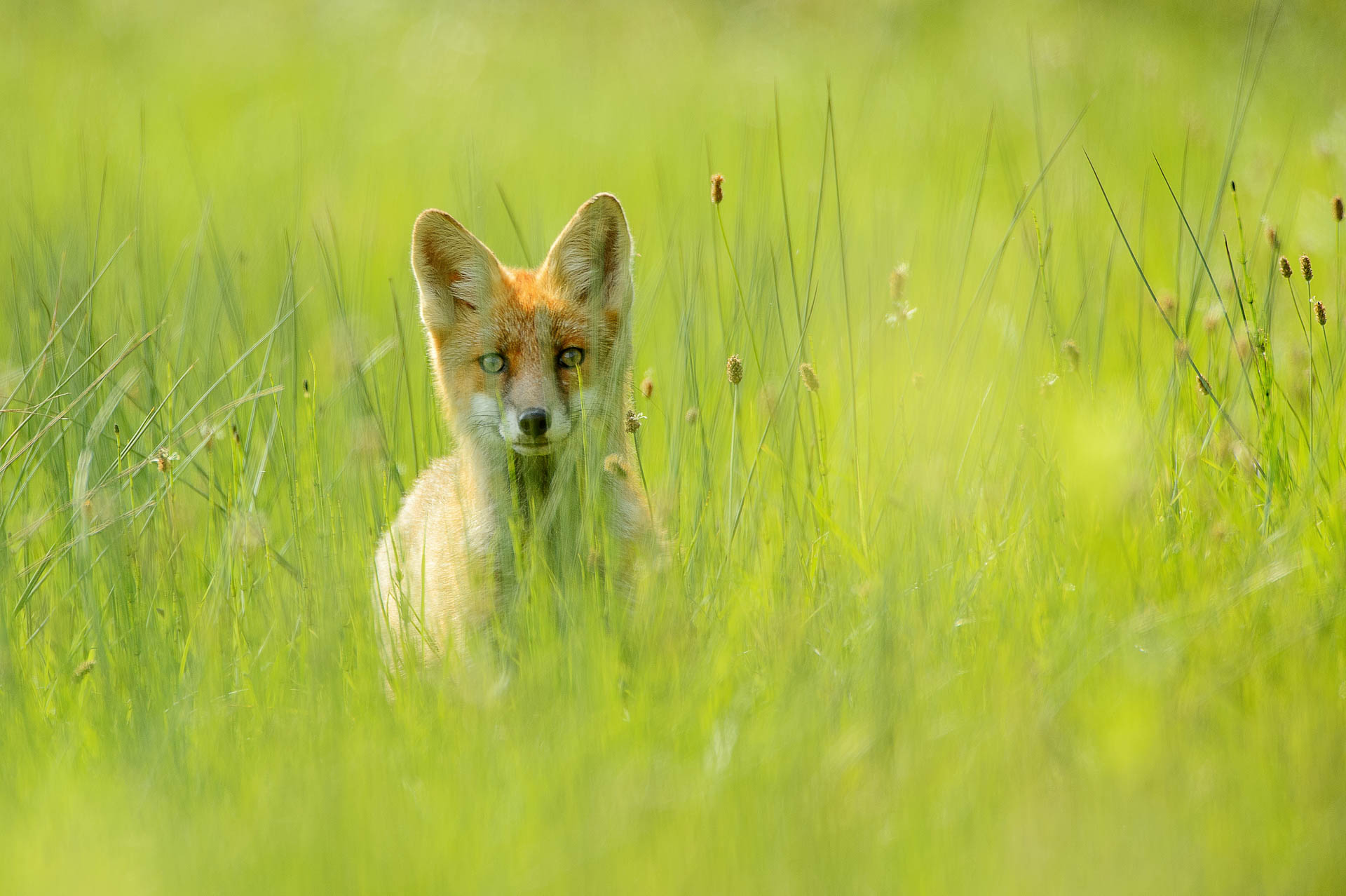
In moments like these, it becomes clear why patience is so valuable.
Not because it guarantees the perfect photograph — but because it transforms the moment in which you experience it.
Anyone can press the shutter when an animal happens to pass by.
But the deliberate waiting, the preparation, the silence beforehand — that’s the difference between mere chance and a moment truly earned.
The photo is just proof that you were there.
Patience as a way of life
What patience teaches us about ourselves
Over time, I’ve come to realize that patience isn’t just important in photography.
It changes the way you see the world. I react more calmly, observe more closely, expect less.
Wildlife photography becomes a school of perception — and of humility.
You learn that you can’t control anything.
The weather shifts, the animal moves differently, the wind changes direction.
And you realize that this is exactly the appeal — the unpredictable, the alive.
Mindfulness in everyday life
This attitude helps me even when I’m away from the camera — in family life, when traveling, at work.
Patience doesn’t mean being passive; it means being aware.
Not wanting everything instantly, but acting at the right moment.
When I walk through the forest with my daughter, I see how naturally children embody this.
They stop when they notice an ant — without any sense of time, without any destination.
Perhaps patience is, in the end, nothing more than preserving that sense of wonder.
“The best photos aren’t the ones I plan — but the ones I’ve been quiet long enough to experience.”
📸 Mini exercise: practising patience
1. spend 30 minutes in a place in nature – without a camera. Just observing.
2. note down what you perceive: Sounds, light, movements, smells.
3. only take the photo afterwards – with a single shutter release.
This simple exercise sharpens the senses, perception and mindfulness – three basics of real animal photography.

